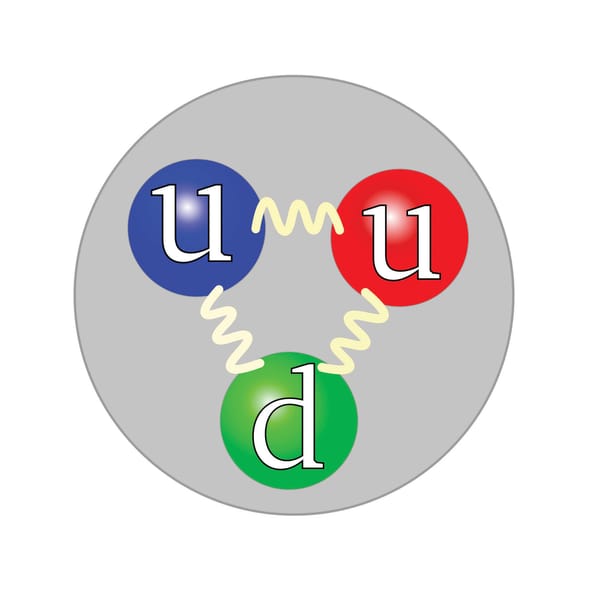Rats get infrared ‘sixth sense’
Sarah Byrne investigates the brain implant that gives the ability to see invisible light

Researchers at Duke University have given lab rats the ability to ‘see’ infrared light, in research published in Nature Communications last week.
The story was reported widely as the rats getting a ‘sixth sense’. The term is an exaggeration, implying some unexplained or paranormal effect. But the reality is startling enough.
The rats were fitted with an infrared sensor, which was wired up to an implant in the region of their brain that normally reacts to the sensation of their whiskers brushing against something.
Infrared (IR) light is part of the electromagnetic spectrum that also includes the visible light that we can see, but its wavelength is longer, putting it outside the range our eyes can detect. Infrared perception by living things is not entirely unknown, however — some bats and snakes have been found to be able to ‘see’ IR light — but it is rare, and certainly not the case for rats (which the researchers did double-check in a control experiment with normal rats).
With the implants, the rats could not only detect the presence of IR light but could distinguish between different frequencies, which could be considered equivalent to seeing in colour. In fact they learned to navigate their way around using the different infrared sources to guide them.
One question remains unanswered — and is a difficult one to answer as the rats can’t report back on what the experience was like. Given that the electrodes were hooked up to the whisker stimulation area of the brain, did ‘seeing’ infrared light from the rat’s point of view just feel like touching something with their whiskers? Or was it an entirely new type of sensory experience?
Ethical considerations probably rule out trying the technique on a human volunteer (though who wouldn’t be just a little bit curious to find out what having a new sense would be like?). So further research is needed to establish exactly what is going on in the rat’s brain.
The result raises some intriguing possibilities for the future though. So far the focus of such neurological prosthetics has been on restoring normal function where it has been lost through injury or disease. The best known example is cochlear implants for deafness. But what if we could go a step further and use this technology to actually give people more abilities than any of us naturally have? Super-humans may someday be a possibility. But first, we need a bit more work on the super-rats.
DOI: 10.1038/ncomms2497









